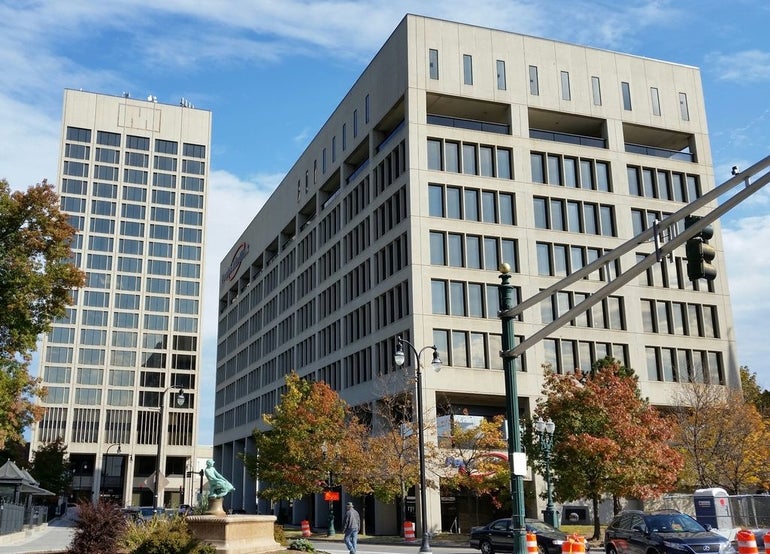As a follow up to its 2016 analysis highlighting the negative impacts of Worcester’s dual-tax rate, the Worcester Regional Research Bureau on Tuesday outlined ways for the city council to transition into a single rate.
Tax classification in Worcester has cost commercial and industrial taxpayers approximately $690 million since it was first approved in 1984, according to WRRB. The city council usually justifies shifting the property tax burden on businesses because it’s afraid of placing too much of a burden on residents, but, WRRB argues, no framework exists to indicate the extent of those perceived challenges or the impact of that burden.
The report said the city council should come up with its own tax proposals going forward, rather than base its recommendations on rates from outside interest groups, like it usually does.
The dual-tax rate places an unfair burden on businesses, according to WRRB. For example, the Lakeway Commons development across Lake Quinsigamond in Shrewsbury, a 375,000-square-foot, mixed-use development valued at $56.8 million, is expected to generate $728,744 per year initially for the town. An equivalent project in Worcester would generate $1.3 million in taxes, according to the report.
One possible way to calculate Worcester’s tax rate for the year could be to subtract a household’s change in costs from its change in income, and then add the change in residential property value, WRRB recommended. Then, divide that by a business’ change in costs from its change in income, plus its commercial property value.
In a year when business taxpayers are worse off than residential taxpayers, WRRB recommended moving towards a single-tax rate, and little to no movement in years when residential taxpayers are worse off.
In terms of moving towards a single-tax rate on a more permanent basis, WRRB recommended either a unilateral transition, which would freeze the business tax levy, resulting in a gradual shift back to a single rate as the residential tax increases, or a bilateral transition, which would simply establish a time framework for a single rate.
WRRB recommended the city council look at things like household income indicators and costs from the U.S. Census Bureau’s 5-year American Community Survey, business revenues, commercial property values, and other sources to make its determinations.

